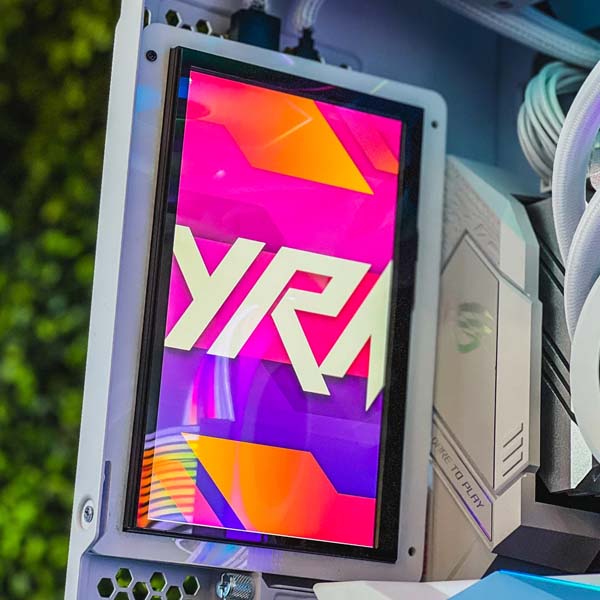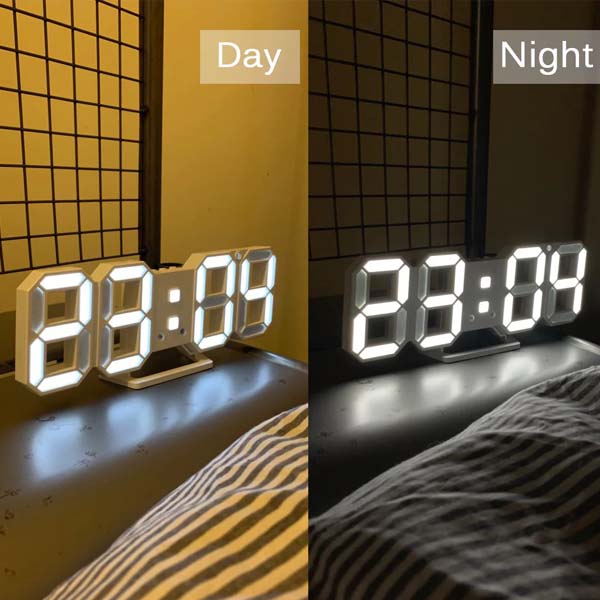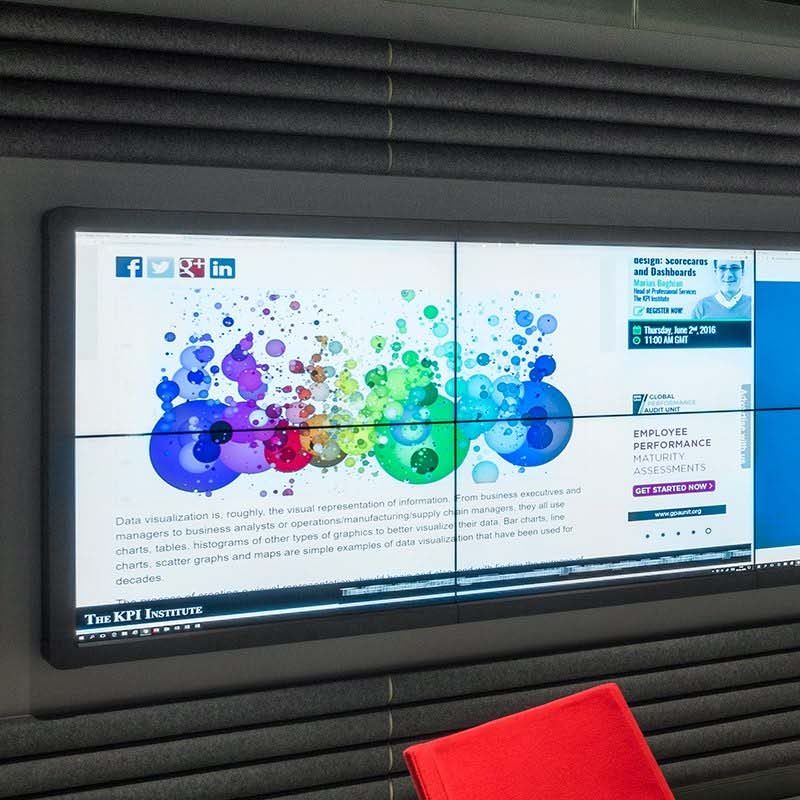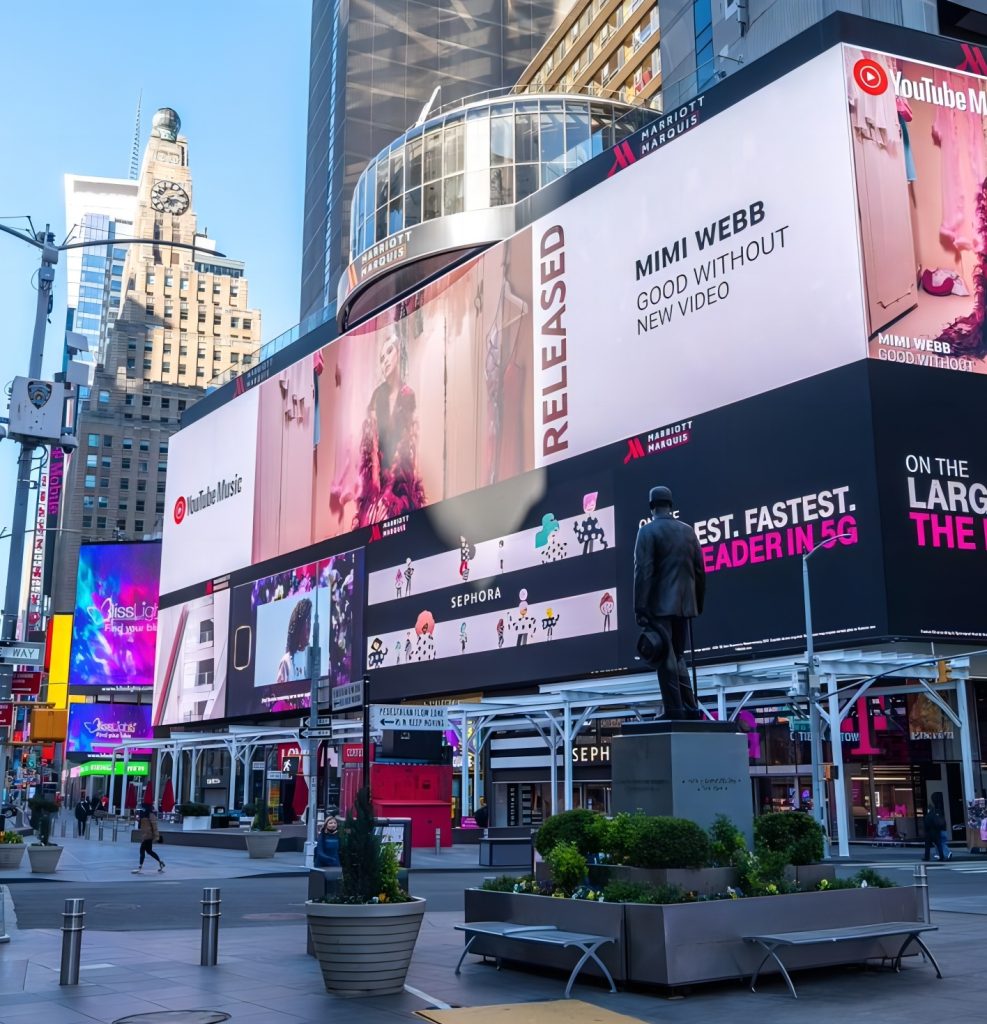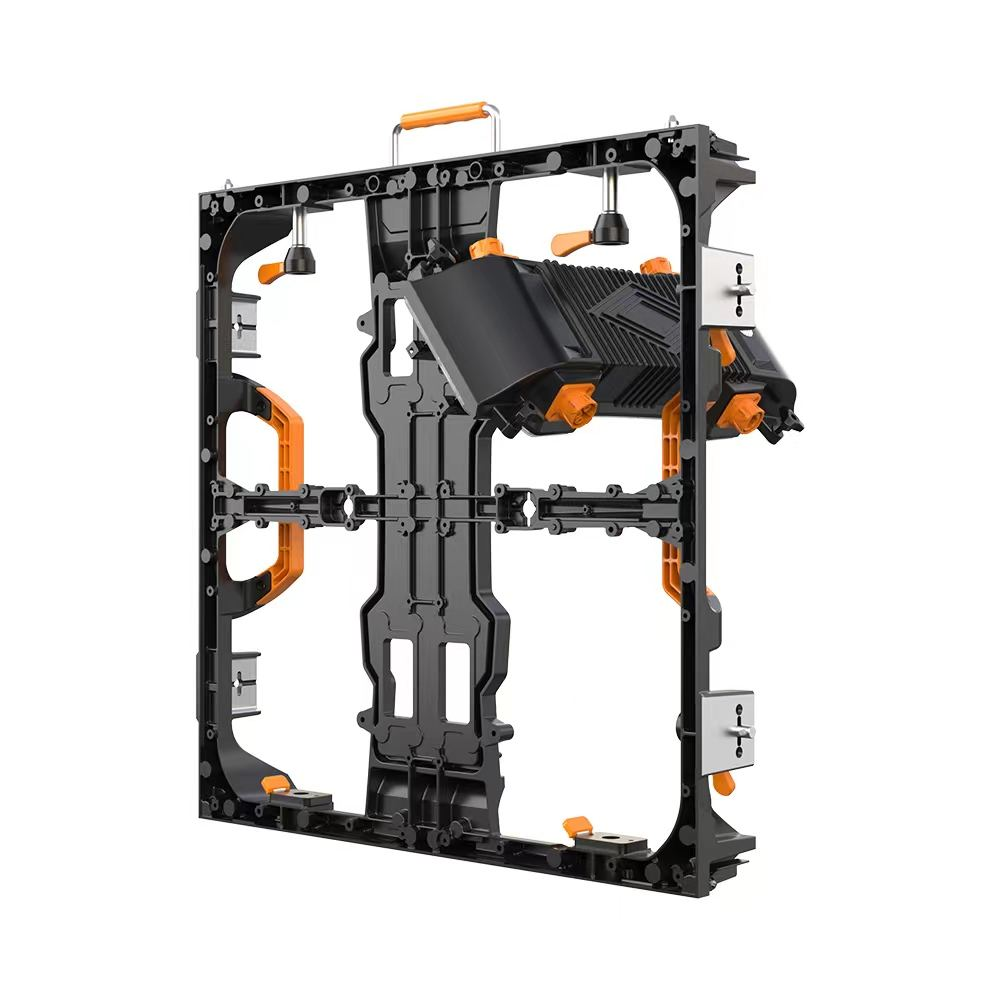Cube LED Display: Revolutionizing Visual Communication with High-Brightness, Multi-Dimensional LED Technology
In recent years, LED display technologies have undergone significant evolution, transcending conventional flat, two-dimensional screens and venturing into innovative, three-dimensional formats. Among these advancements, the Cube LED display has emerged as a cutting-edge solution that combines high-brightness, sunlight readability, and immersive multi-faceted design to redefine visual communication across numerous industries. This comprehensive article delves into the technical aspects, practical applications, advantages, common challenges, and emerging trends of Cube LED displays—establishing why they are becoming a preferred choice for forward-thinking businesses worldwide.
Introduction to Cube LED Displays
Unlike traditional flat-panel LED screens, a Cube LED display is a three-dimensional modular LED structure, typically composed of multiple square or rectangular LED panels arranged to form a cube or multi-sided geometric figure. These displays deliver dynamic content visible from various angles, increasing visibility and engagement in environments demanding 360-degree exposure. Cubes can range from small-scale units used for indoor exhibitions to monumental outdoor installations designed to withstand harsh environmental conditions.
The Cube LED display concept builds upon well-established LED display technologies, integrating high pixel density, robust brightness levels, and advanced control systems to deliver vivid images and videos with a unique volumetric presence. At the core, the display utilizes light-emitting diodes (LEDs) that emit intense luminance, ensuring readability even under direct sunlight.
Technical Overview and Industry Standards
High Brightness & Sunlight Readability: Cube LED displays achieve exceptional brightness ratings, commonly exceeding 5,000 to 10,000 nits, which is critical for outdoor visibility in strong ambient lighting conditions—especially direct sunlight. The pixel pitch of these LEDs can range from 1.5mm to 10mm, allowing customization based on viewing distance and application. Rigid front protection layers and IP65 or higher ingress protection ratings ensure durability against dust, water, and weather elements.
Industry standards such as those set by the International Electrotechnical Commission (IEC) and guidelines from the Occupational Safety and Health Administration (OSHA) govern installation safety and electromagnetic compatibility for such devices.
Display Technology: Light-emitting diodes are grouped in clusters called pixels, with each pixel comprising red, green, and blue diodes arranged to emit the desired color. The control systems utilize high-speed processing units integrated with software capable of handling real-time image processing, color calibration, and synchronization across multiple sides of the cube.
Modular Design & Scalability: Cube LED displays are designed with modular panels that can be assembled and dismantled easily, facilitating transportation, installation, and maintenance. This modular architecture supports scalability for different sizes and dimensional configurations, enabling bespoke cube configurations such as 2×2, 3×3, or larger multi-sided cubes.
Practical Applications of Cube LED Displays
1. Advertising and Marketing
Cube LED displays are a dynamic tool in advertising, providing brands with a captivating three-dimensional canvas that attracts attention from multiple directions. For instance, in high-traffic locations like shopping malls, airports, and urban plazas, cube LEDs serve as eye-catching media, broadcasting promotional content, real-time updates, and interactive advertisements that enhance customer engagement.
2. Event Production and Entertainment
Concerts, exhibitions, trade shows, and festivals have widely adopted Cube LED displays due to their immersive, multifunctional capabilities. Artists and event organizers utilize them as centerpieces for interactive visual effects, transforming spaces with stimulating content visible across audiences. The ability to synchronize multiple cube faces with changing designs or integrated live feeds enriches the overall spectator experience.
3. Architectural Integration and Public Art
Cube LED installations are not just commercial tools but also serve as modern public art and architectural elements. As illustrated by projects such as the Taipei 3D LED Cube, these displays enhance urban aesthetics while delivering functional information, including weather updates or cultural programming, contributing to a digitally connected cityscape.
4. Sports Arenas and Scoreboards
Sports venues leverage Cube LED formations to broadcast scores, live game feeds, player information, and advertisements visible to spectators from all seating angles. Their high refresh rates and low latency improve visual clarity during fast-paced events.
Advantages of Cube LED Displays
Multi-Angle Visibility: The three-dimensional nature ensures the displayed content is accessible from nearly all viewpoints, maximizing audience reach without requiring multiple displays.
Creative Flexibility: Content creators can utilize the multiple display surfaces to present complex narratives, videos, or even synchronized animations wrapped around the cube’s faces, adding depth and innovation to visuals.
Enhanced Engagement: The novelty and dynamic nature of cube-shaped displays draw audience curiosity, increasing dwell time, message retention, and brand recall.
Durability and Weather Resistance: Built for outdoor deployment, high-brightness Cube LED displays meet stringent IP ratings and operational temperature ranges, ensuring reliability across diverse climates and reducing maintenance downtime.
Common Issues and Solutions in Cube LED Displays
Calibration Challenges: When multiple cube faces display interrelated content, precise color and brightness calibration is critical to prevent visual inconsistencies. Employing advanced color calibration tools, automated processes, and AI-based adjustment algorithms mitigates these challenges.
Heat Dissipation: Dense LED modules can generate heat that affects performance and longevity. Integrating effective heat sinks, forced ventilation, or liquid cooling systems ensures thermal management.
Power Consumption: High-brightness LEDs demand considerable power, necessitating efficient power supply designs and energy management strategies such as brightness dimming during low ambient light conditions.
Installation Complexity: The geometric complexity demands precise mechanical engineering for structural stability and easy assembly. Pre-fabricated modular units, precision alignment rigs, and robust mounting frameworks facilitate smooth installation.
Latest Trends and Innovations in Cube LED Technology
Ultra-High Resolution and Pixel Density Improvements
Manufacturers continuously push pixel pitch limits downwards to below 1.0mm, enabling ultra-high definition visuals on Cube LED displays. This enhances content clarity, especially for close-range viewing, broadening the applicability to indoor environments.
Integration of Smart Technologies and IoT
Cube LED displays are increasingly integrated with IoT platforms facilitating remote monitoring, predictive maintenance, and real-time data analytics to optimize performance and reduce operational costs.
Energy-Efficient LED Chips and Drivers
Development of new semiconductor materials and driver ICs optimizing luminous efficacy contributes to lower power consumption without compromising brightness.
Interactive and Augmented Reality (AR) Capabilities
Emerging Cube LED displays incorporate sensors and cameras enabling interactivity, gesture control, and AR content layering to offer richer user experiences in retail, education, and entertainment sectors.
Conclusion
Cube LED displays represent a transformative leap in visual display technology by combining multi-dimensional design with high brightness and rugged durability. Their ability to deliver vivid, immersive content accessible from multiple viewing angles makes them a versatile solution ideal for advertising, entertainment, public art, and numerous other domains. Despite challenges such as calibration and installation complexity, ongoing technological strides in resolution, energy efficiency, and smart integration position Cube LED displays as a future-forward platform in digital signage.
For enterprises and municipalities aiming to bolster their visual communication strategy with state-of-the-art display solutions, investing in Cube LED technology offers an opportunity to stand out in an increasingly competitive marketplace while harnessing the power of advanced LED engineering.
References
- International Electrotechnical Commission (IEC): IEC 60582-1 Standards
- Occupational Safety and Health Administration (OSHA): OSHA Standards for Display Equipment
- ArchDaily – Taipei 3D LED Cube: https://www.archdaily.com/898264/taipei-3d-led-cube
- LED Display Technology Overview – Wikipedia: https://en.wikipedia.org/wiki/LED_display
- Industry Whitepapers: Advance in High-Brightness Outdoor LED Display Technology – LEDinside, 2023
- Case Study: Enhancing Event Experience with Cube LED Displays – Digital Signage Expo 2022

